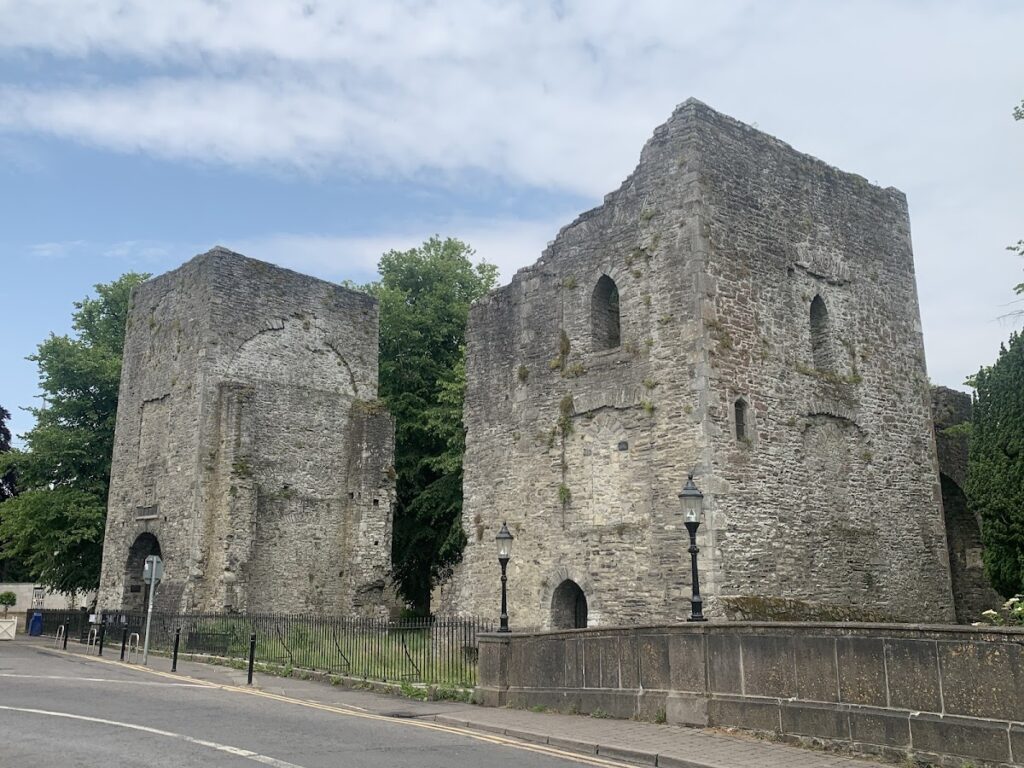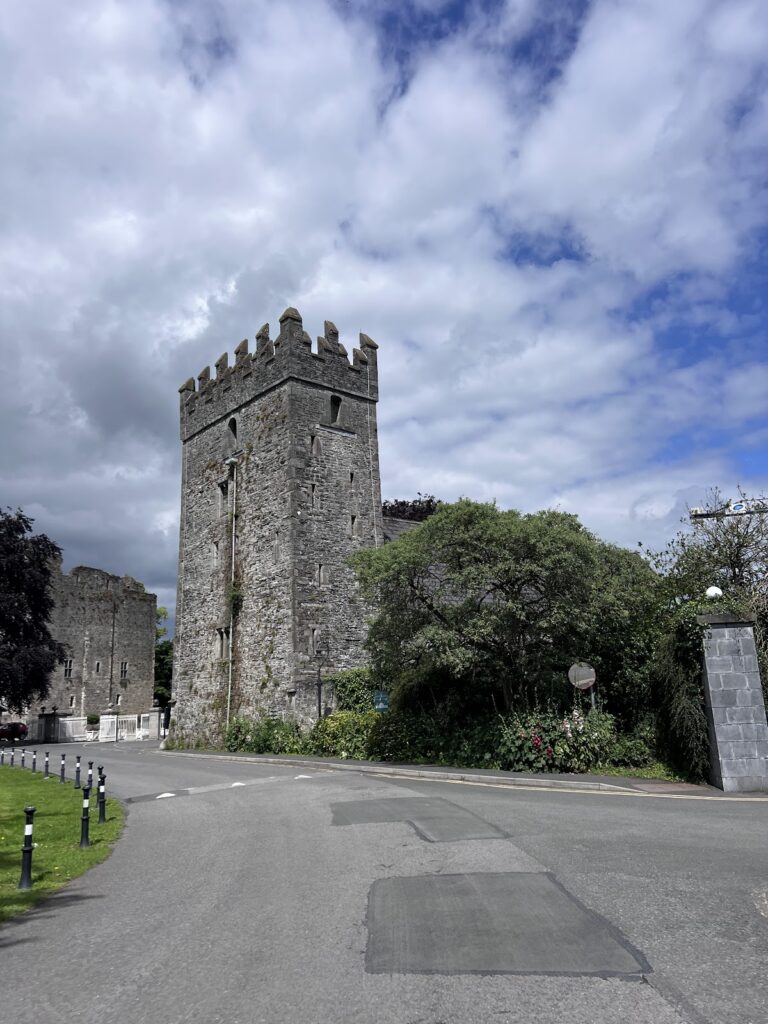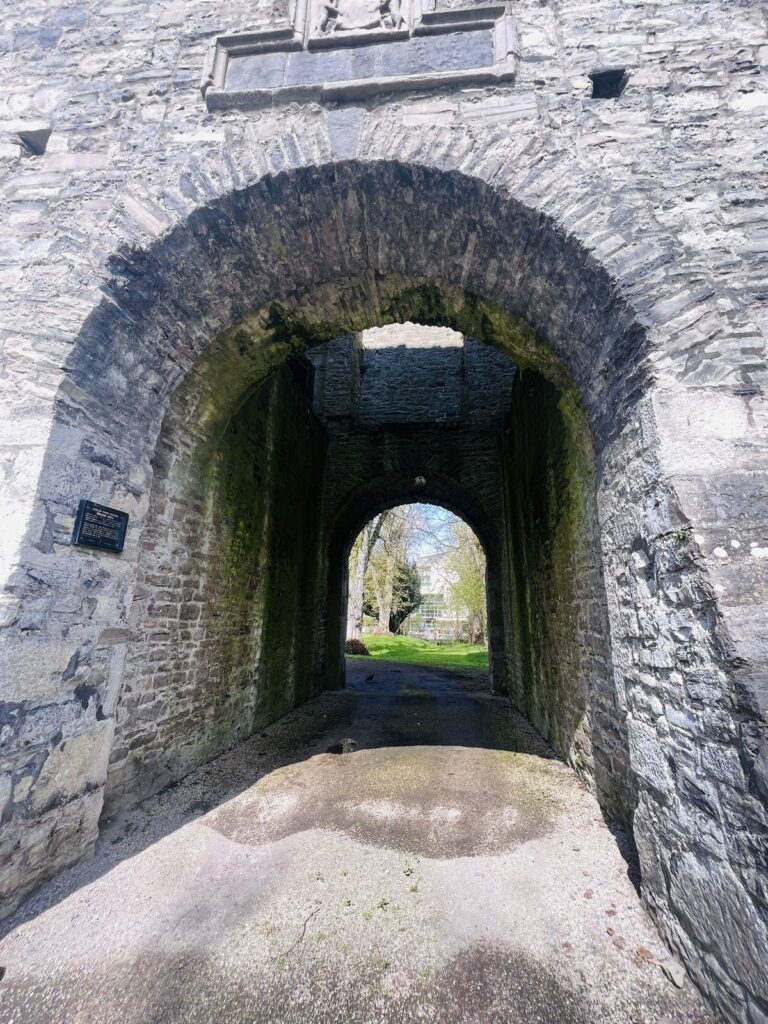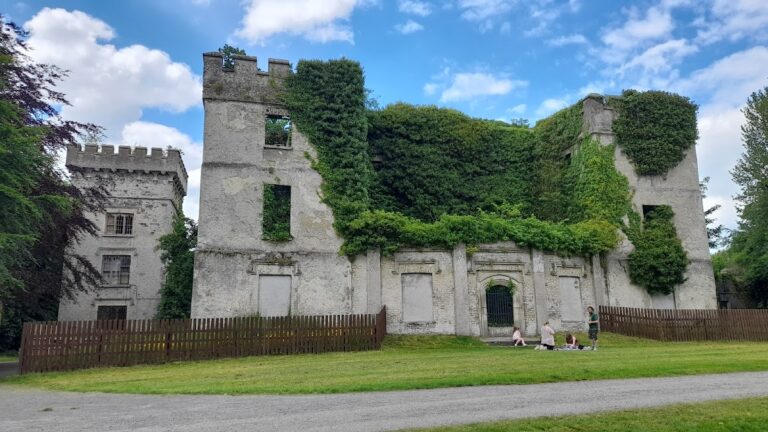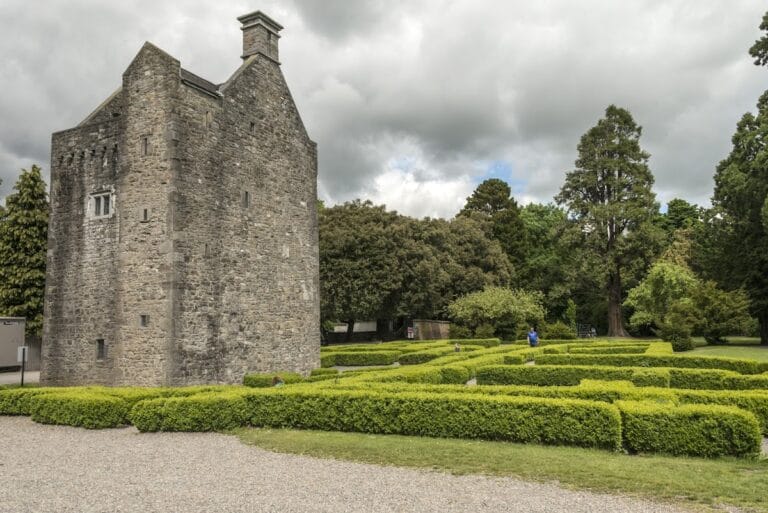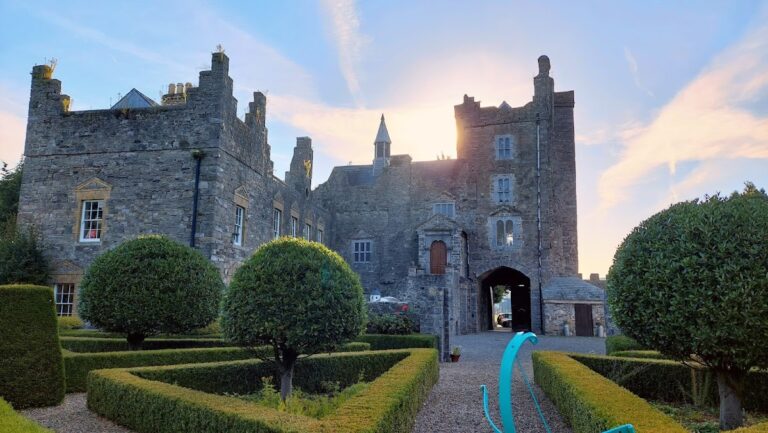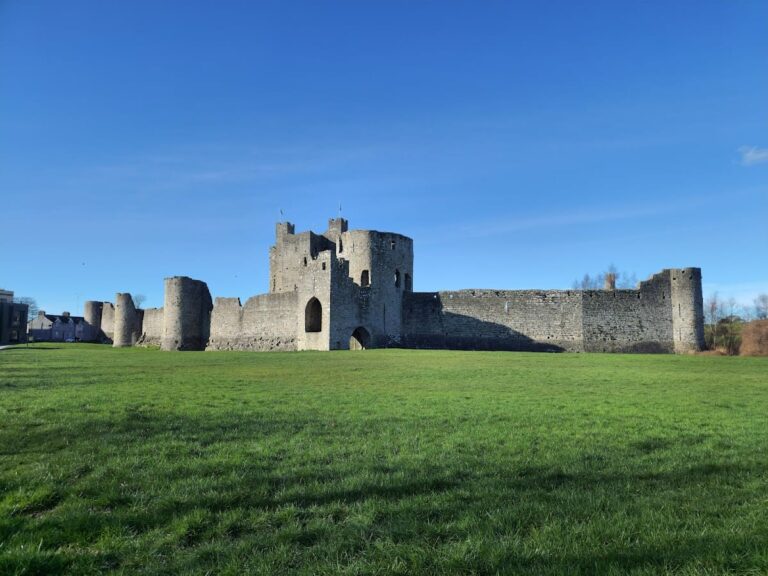Maynooth Castle: An Anglo-Norman Stronghold in Ireland
Visitor Information
Google Rating: 4.4
Popularity: Low
Google Maps: View on Google Maps
Official Website: heritageireland.ie
Country: Ireland
Civilization: Unclassified
Remains: Military
History
Maynooth Castle is situated in the town of Maynooth in Ireland and was constructed by Anglo-Norman settlers in the early 13th century. It was established after land was granted by the Norman leader Strongbow to Maurice Fitzgerald in 1176, marking the beginning of the castle’s development as a key stronghold in the region.
The initial construction of a large stone keep took place around 1200 to 1203, serving as the fortified residence for the Fitzmaurice and Fitzgerald families, influential Anglo-Norman lords. Over the following centuries, the castle became the main home and power base of the Fitzgerald dynasty, who rose to prominence as Earls of Kildare and Leinster and acted as Lords Deputy of Ireland. Their control over the castle reflected their considerable influence in Irish politics during the late medieval period.
In the 15th century, the castle underwent significant enlargement under Sir John Fitzgerald, further expanding its facilities and fortifications. This period solidified Maynooth Castle’s status as an important seat for the Geraldine Earls of Kildare, who exercised near-sovereign authority in Ireland and maintained the castle both as a noble residence and defensive structure.
The castle’s fortunes changed dramatically during the rebellion of 1534, led by Thomas FitzGerald, known as Silken Thomas, the 10th Earl of Kildare. In March 1535, English forces commanded by William Skeffington laid siege to Maynooth Castle. The attackers used heavy artillery, including cannon bombardment, which severely damaged the medieval fortress. After a ten-day siege, the castle fell to English control. The garrison defending Maynooth was executed, and Silken Thomas himself was captured. He was later imprisoned in the Tower of London and executed in 1537, along with five of his uncles, marking the collapse of Fitzgerald dominance.
Following the suppression of the rebellion, the Fitzgerald family lost possession of Maynooth Castle. In the early 17th century, between 1630 and 1635, much of the castle was reconstructed by Richard Boyle, the 1st Earl of Cork, after his daughter married George Fitzgerald, the 16th Earl of Kildare. This restoration revived the castle as a noble residence for a time but was cut short by the outbreak of the Irish Confederate Wars during the 1640s. The conflicts, also known as the Eleven Years’ War, caused extensive destruction to the newly rebuilt sections.
After the mid-17th century warfare, the Fitzgeralds permanently abandoned Maynooth Castle as their family seat. They moved first to Kilkea Castle and subsequently to Carton House. The once formidable fortress slipped into ruin over the following centuries, eventually coming under state protection in the late 20th century. Beginning in 2000, conservation work was carried out to stabilize the remains and ensure the site’s preservation.
Remains
Maynooth Castle originally consisted of a stone keep located strategically where two streams meet in the town of Maynooth, County Kildare. The core structure was built to serve both defensive and residential purposes, providing protection for the Fitzgerald family while also functioning as their home. Over time, especially during the 15th century, the castle was expanded to include additional fortifications and living spaces.
Today, the surviving ruins include two prominent towers: the gatehouse, also known as the Passage Tower, and the Solar Tower. The gatehouse served as the main entrance defense point for the castle, controlling access and providing security. The Solar Tower was a private chamber often used for living quarters, named from the medieval term “solar,” meaning a room intended for warmth and privacy.
Both towers display heraldic arms carved into their stonework, combining the emblems of the Boyle and Fitzgerald families. These symbolic carvings reflect the castle’s ownership following the 17th-century restoration carried out by Richard Boyle after his family ties with the Fitzgeralds.
The castle suffered heavy damage during its bombardment in 1535 by English troops, which reduced much of the medieval structure to ruins. While Richard Boyle’s reconstruction in the 1630s restored significant portions of the castle, the damage inflicted during the Irish Confederate Wars of the 1640s once again devastated these improvements.
Currently, the ruins are situated close to the south campus of Maynooth University and remain accessible on a limited basis. Restoration and conservation efforts initiated at the start of the 21st century have focused on stabilizing the remaining structures, preserving their late medieval and early modern character for future generations. These ongoing works help maintain the visual and historical presence of Maynooth Castle as an important relic of Ireland’s Anglo-Norman heritage.

